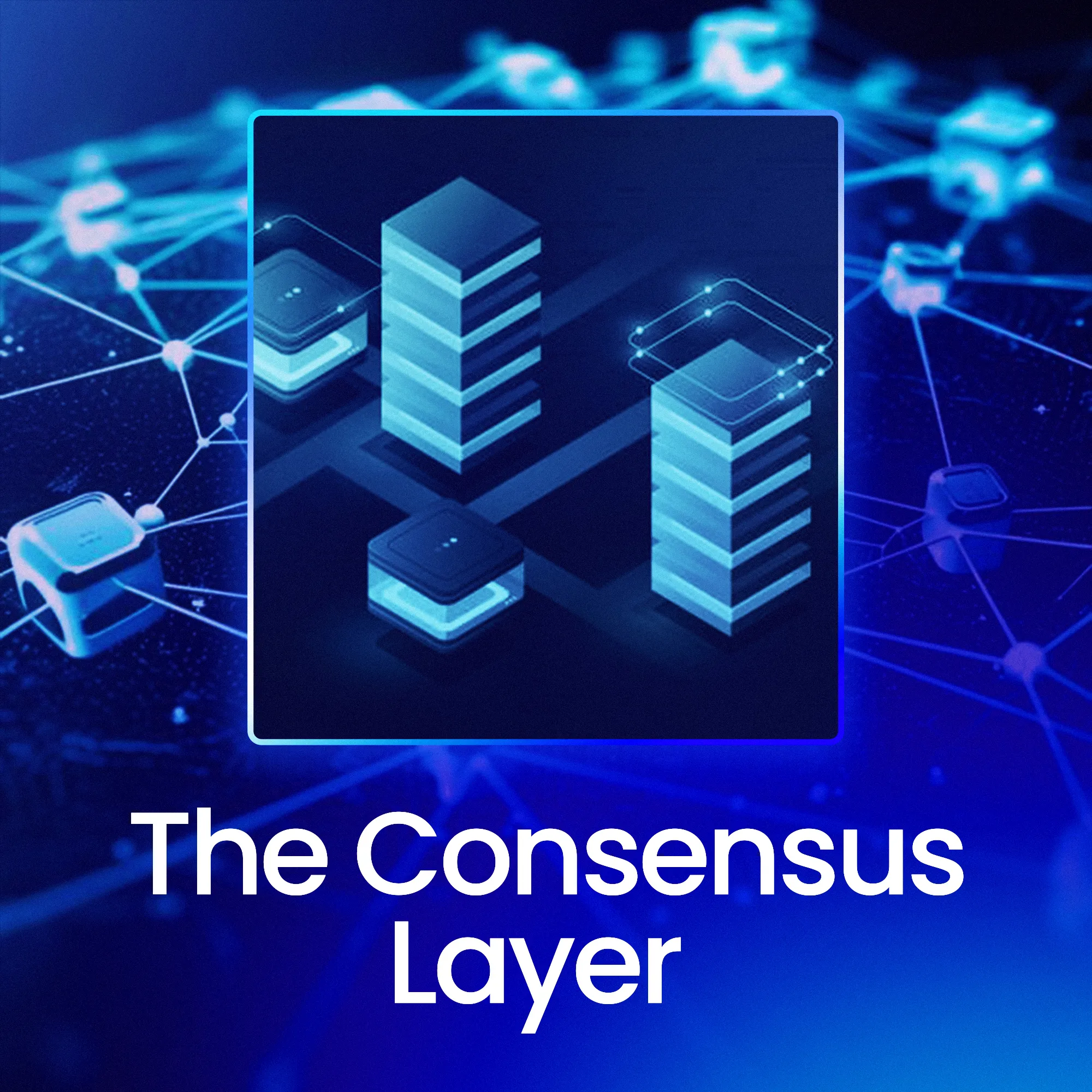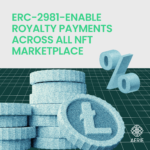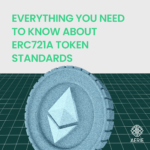The Consensus Layer: Behind Blockchain’s Trust Mechanism

In our previous discussions, we’ve journeyed through the various layers of the blockchain, from the foundational hardware layer to the intricate application layer. Together, these layers form the multifaceted structure of a blockchain, much like the many layers of a complex puzzle. Today, we’re set to dive deep into an especially vital piece of this puzzle: the consensus layer.
Picture a lively room where people are trying to agree on what pizza to order. Some shout “pepperoni!”, while others insist on “veggie!”. Now, replace that pizza with digital data, and you’ve got a basic idea of the blockchain consensus. Ready to delve in further? Let’s unwrap this together!
What is the Consensus Layer?
At its core, the consensus layer is like the rulebook for a game. In the blockchain world, it dictates how all the participants (or nodes) agree on the state of the blockchain. Simply put, it ensures everyone’s on the same page about which transactions occurred, when they happened, and in what order.
Why Do We Need It?
Let’s give an example to illustrate how this works and why we need the consensus layer. Imagine Bryan sends money to Natasha. In a decentralized system like blockchain, there’s no central referee (like a bank) to say, “Yep, that happened!”. Instead, the consensus layer acts as the shared referee, making sure all nodes agree that Bryan did send money to Natasha and not, say, to Charlie.
After understanding the crucial role of the consensus layer, you might be wondering, ‘But how do all these nodes reach an agreement?’. Enter the consensus mechanism. It’s the set of rules and procedures that blockchain networks employ to achieve this widespread agreement without the need for a central authority. Essentially, it’s the playbook that nodes follow to ensure they all agree on the state of the blockchain. With that foundation laid, let’s explore some of the most popular consensus mechanisms in play today:
- Proof of Work (PoW): Bitcoin, the granddaddy of blockchains, operates on a system called Proof of Work. Nodes, often called “miners”, compete to solve complex mathematical puzzles. The first to solve it gets to add the next block of transactions. It’s energy-intensive, but it’s been the backbone of Bitcoin for years.
- Proof of Stake (PoS): Ethereum 2.0 employs the Proof of Stake consensus mechanism. Unlike the competitive sprint seen in PoW, PoS functions more like a digital lottery. The principle is straightforward: the more ‘stakes’ (or digital coins) you possess, the greater your odds of being selected to authenticate the upcoming block. It’s like having a handful of raffle tickets at a draw — the more you have, the better your chances.
- Practical Byzantine Fault Tolerance (PBFT): A bit of a mouthful, right? Think of PBFT as a voting system. Nodes validate transactions based on a majority agreement. It’s like asking a room of people if they saw Bryan give money to Natasha, and if most say “yes”, it’s accepted.
Common Misconceptions about the Consensus Layer
- It’s Just About Agreement: While consensus is about agreement, it’s also about security and trust. By making sure everyone agrees, we ensure the system remains tamper-proof.
- Only One Mechanism Can Rule: Not true! Different blockchains use different consensus methods based on their needs. It’s like choosing between rock, paper, or scissors — each has its strengths and weaknesses.
The consensus layer is a pivotal element of the blockchain world. It ensures trust, agreement, and security in a system where there’s no central authority. And while it might seem technical at first glance, it’s fundamentally about creating a shared, indisputable truth in the digital realm. So, next time you hear about blockchain consensus, remember: in essence, it’s about achieving universal agreement. Just like picking that pizza flavor!









